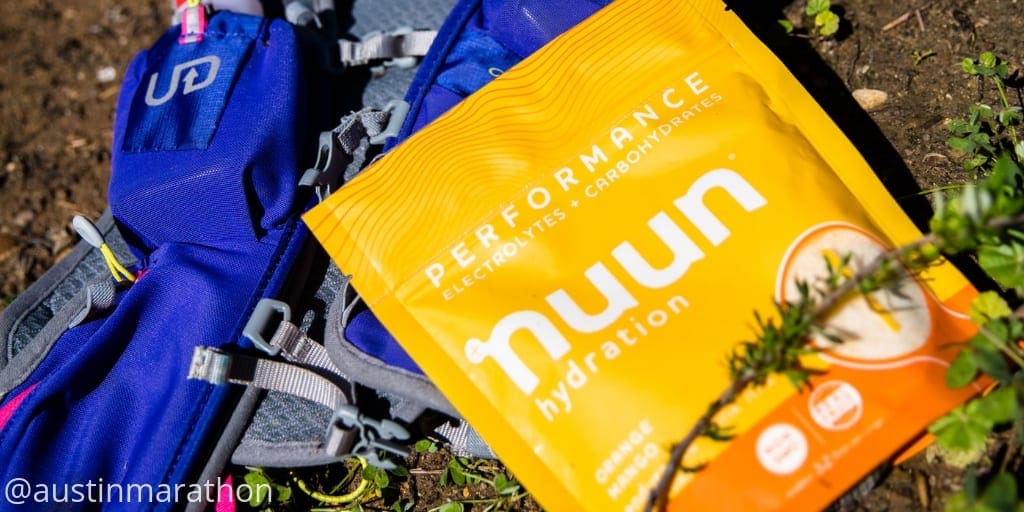7 Taper Tips to Follow Leading Up to Austin Marathon
Implement these 7 taper tips leading up to race day
The Taper. For those unfamiliar, tapering is referring to the reduced volume and intensity of workouts in the weeks leading up to race day. While some runners find it hard to scale back after so much time dedicated to training, others find themselves glued to their favorite couch. Doing too little or too much during this time period can compromise all your hard work. Stick to your training plan and focus on what’s in your control. Make sure you are at the top of your game by following these 7 taper tips between now and race day.
Reduce work stress
While it might be out of our hands, setting yourself up with an easy week or two of work can have a big impact on your energy going into race day. If there is a project that needs to be completed, put in the extra effort now to finish it or see if it can be completed after race day. Try building this into your schedule: find a quiet place to meditate for 10-15 minutes in the morning or evening.
No new workouts
We’re clearly stating the obvious, but now is not the best time to roll your ankle playing basketball or pull a muscle lifting heavy weights. Stick to what you know and focus on less-intense and lower-volume workouts. Keep your runs to less than 60 minutes, but leave room for flexibility based on what your body says. It’s fine to do some easy cross-training on non-running days, as long as the activity doesn’t make your muscles sore or increase the potential for injury. If you don’t want to exercise on days you don’t run, that’s okay, too.
- Example of a one-week-out marathon workout: 15-min warm-up jog / no more than 4-5 miles at half-marathon goal pace / 15-min cool-down jog
- Example of a one-week-out half marathon workout: 10-min warm-up jog / no more than 2-3 miles at half-marathon goal pace / 10-min cool-down jog
Read a book or binge a show
Has running taken time away from your favorite book or that newly-released TV show on Netflix? Now that you’re logging fewer miles it’s time to play catch-up! If you plan to cross-train it won’t hurt to go for an easy ride on a stationary bike. Read while you pedal. Catch a couple of episodes of that new show. The distraction from that book or the show will also help distract you from taper madness and the fact that you’re running less.
Foam roll
Increase your foam rolling! Make sure your body is in tip-top shape for race day. Work out all those kinks. Keep your muscles feeling good. If you need to, see a massage therapist. As long as you have access to some products, foam rolling can be done practically anywhere. The benefits are immediate. Have some extra time in the morning before leaving for work? Foam roll. Free time at lunch? Foam roll. Catching up on that TV show? Foam roll. You get the idea!
Sleep
This may be the best thing you can do for yourself at this time. Experts recommend sleeping eight to nine hours per night. To start, choose a consistent time that you are in bed, this may or may not include actual sleep. This will signal to your body that rest is important and hopefully lead to more shut-eye. Instead of focusing on trying to get a good night sleep the night before, try for two nights before. Pre-race jitters can sometimes leave us with the “I am not even sure if I slept at all” feeling the night before. Don’t let this bother you. One poor night’s sleep shouldn’t affect your performance if you have tapered well in other aspects.
Nutrition/Hydration
Skip the pizza and beer for now. Focus on a diet that balances moderate carbohydrates from whole food sources, quality protein, and healthy fat. You may also want to keep a close eye on your calorie intake. While you are used to high-intensity training and the extra food that comes with it, you still have to watch what you eat. The pounds you knocked off can sneak back on in these last weeks, which is less than optimal for race day.
Avoid eating that can affect your sleep quality. This includes eating large meals within 90 minutes of going to bed, spicy foods, or large amounts of protein.
Now is also a good time to make sure you are well-hydrated. It is recommended to drink 8-10 glasses of water a day. You can also add electrolytes from nuun, to get your body ready for race day hydration. Hydrate with what will be on course, Mango Orange nuun performance. You can also try the on-course fuel with Gatorade Endurance gels.
Race Morning
By starting now, you are setting yourself up to be ready race morning. The last advice we have is to arrive at least 90 minutes before the start. Walk or jog around as a light warmup. Then follow the Camp Gladiator trainers as they lead a pre-race warm-up at 6:45 a.m. at the start line.





